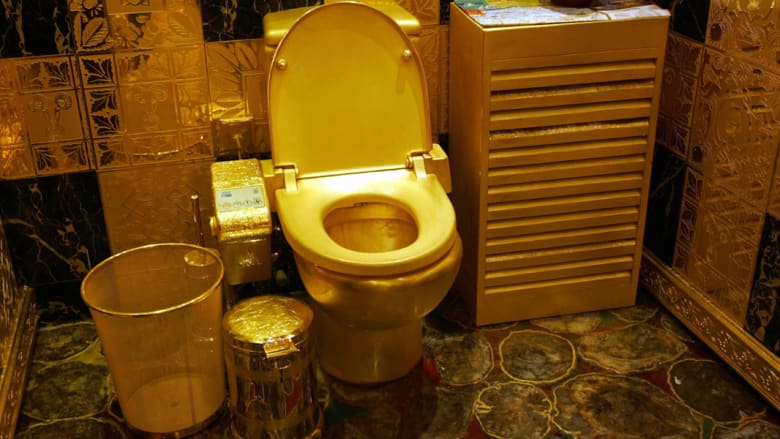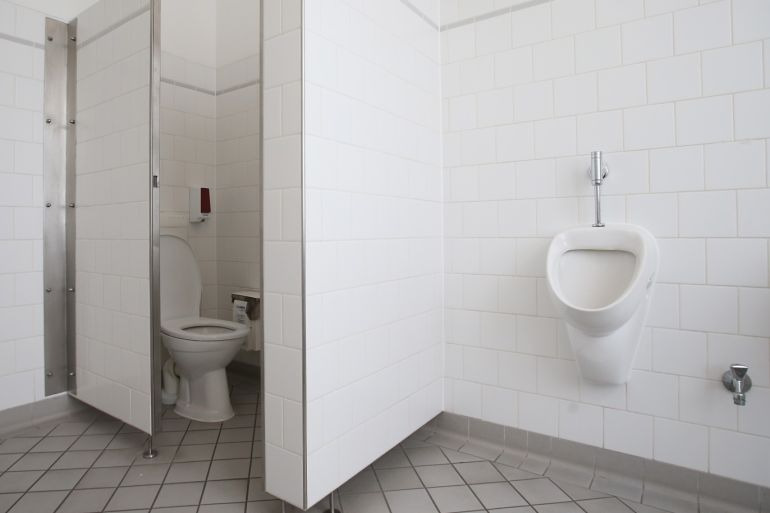The history of toilets: From primitive to modern, the toilet is one of the inventions that no one can live without. It is considered the basic tool for body hygiene, and toilets consist of toilet seats and sanitary waste containers. They are commonly used in homes, institutions and public places.

The importance of the development of toilets
The history of toilets has witnessed many developments and improvements, starting from the appearance of the first toilet in 1596 to the present day. This development has contributed to improving people’s quality of life and ensuring their health and personal hygiene.
Increased health awareness also began to contribute to new innovations in the toilet industry, until we reached toilets with modern technologies that work to provide clean and comfortable sanitary conditions for everyone.
Primitive toilets
History of the first toilets
History records that the first toilets were invented in India in ancient times.
Where water streams were used to remove human waste. As civilizations developed and their understanding of hygiene deepened, other regions began using primitive versions of the toilet.
Areas that used primitive toilets
Primitive toilets were used in many regions and civilizations.
Including the Greeks and Romans, Native American peoples, and the Japanese who used perforated wooden boxes as toilets.
These toilets were primitive and unsanitary, as waste was thrown into an open place or into the water.
Which led to a large spread of diseases and epidemics.
Early developments of toilets
Improve designs
It is known that primitive toilets lacked good design, which made them more vulnerable to epidemics and diseases.
In order to improve this situation, scientists began to design better systems,
Several automated toilet designs have been invented, allowing waste to be removed more cleanly and hygienically.
Develop drainage and removal techniques
Sludge and waste drainage techniques were developed, and sanitary sorting basins were used.
Which separates solids and liquids, allowing waste to drain properly.
Scientists were able to develop a system for filtering human waste.
Which converts waste into organic fertilizer useful for agriculture, which improves public health and makes using the toilet more hygienic and clean.

Modern toilets: water and drying toilets
History of water toilets
Water toilets were developed in the late 19th century in the United States.
Water was used to rinse the waste instead of the cotton or straw that was previously used.
This technology has been replicated around the world, and water toilets have evolved to include a sanitation system and flushing with less water.
History of drying toilets
Dry toilets appeared in the 1970s.
It relies on using air force to dry waste instead of using water.
This technology has been used in some countries that lack good water sources.
They also require electricity to operate, adding to the environmental challenge the toilet already faces.
Modern technologies in toilets
technology in drainage control
Modern technologies are used in the toilet field, allowing users to control
In the amount of water they want to use, in addition to determining the level of flow and pressure in the drain.
These additions also provide water saving and water saving features in urban and rural areas.
The development of lighting and smart glass to protect against bacteria
Some toilets use smart lighting technology to hold the user in the correct position.
In addition to adequate lighting for clear vision at night, improving the user experience.
To protect users from toilet bacteria, clear smart glass is used
It protects against germs to cover some areas in the bathroom and can be easily cleaned.



